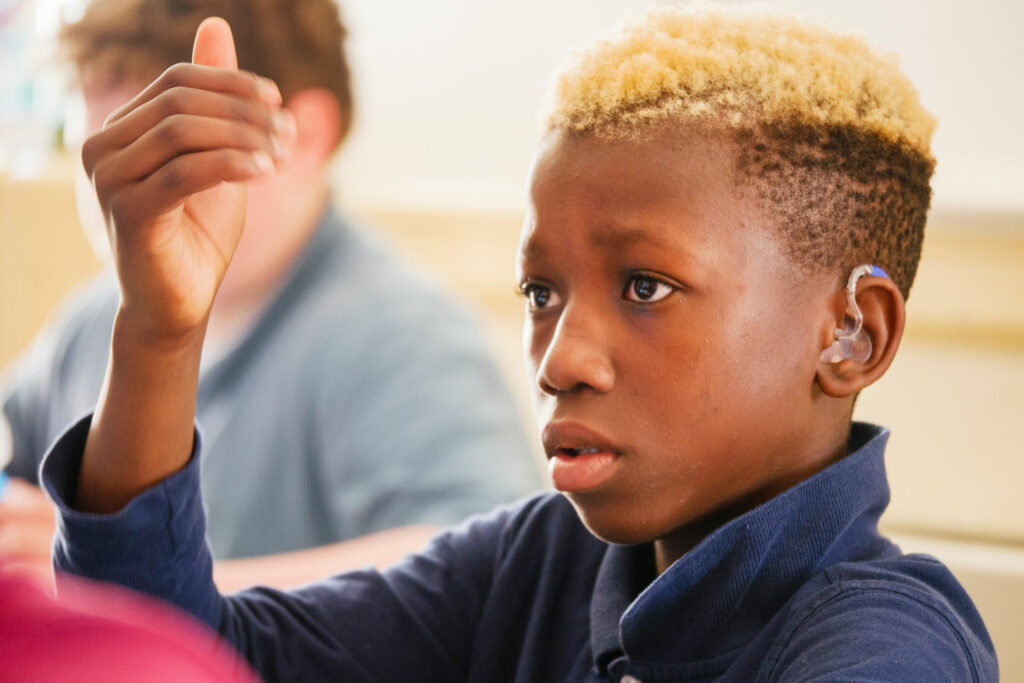Sensory Efficiency and the Expanded Core Curriculum

What Is Sensory Efficiency?
Sensory efficiency addresses the use of residual vision, hearing, and other senses to enable or enhance access to the environment.
For example, learning how to use touch and smell rather than visual cues to identify one’s personal possessions or one’s location or using hearing and the other senses to identify people one knows without visual cues fits into this area.
Why Teach Sensory Efficiency as a Specific Area?
Sensory efficiency skills are valuable life-long tools. They help youths who are blind or low vision increase their use of auditory and tactual information in order to make sense of the world. Sensory efficiency also involves learning how to use any remaining vision; for example, students with low vision need instruction in how and when to use residual vision.
All children who are blind or low vision need to learn how to use their auditory, tactual, and/or visual senses to maximize their environmental access.
How Do TVIs Approach Instruction of Sensory Efficiency Skills?
Sensory efficiency skills must be practiced through meaningful activities in the home and community, not just at school. Taking this into account, TVIs support sensory efficiency instruction across a range of stimulating and relevant environments. For example, young children can use monocular telescopes to look at distant objects in a variety of motivating settings: fast-food restaurants, malls, neighborhoods, or playgrounds. Youths who are blind need opportunities to use their sense of touch to learn about a wide variety of objects and materials. These tactile skills are necessary to develop foundational concepts that are prerequisites to using braille and tactile graphics at school.
Orientation and mobility instructors (O&Ms) also play a significant role in teaching and reinforcing sensory skills. For example, O&M instructors might teach a student who is blind to identify where they are by listening for environmental sounds and noticing surface changes.
O&Ms might teach visual and auditory scanning for cars, visually following a shoreline, and when to rely on other sensory information instead of unreliable vision. These sensory efficiency skills will continue to be useful as the student moves to unfamiliar postsecondary, community, and work environments.
As shown here, teaching students how to efficiently use their remaining senses gives them greater access to the environment as well as increased independence and ability to function.
How Can We Support Instruction in Sensory Efficiency in Schools?
Teachers of students with visual impairments and O&M instructors must receive training in how to assess and support the development of sensory skills. They need to understand which sensory cues are more reliable than others and help students learn to use these kinds of cues.
For example, some sounds, such as a bell tower’s hourly chime, might be consistent whereas the sounds of the outdoor air conditioning unit or water fountain cycle on and off.
Teachers of students with visual impairments also need to be aware of potential issues in the area of sensory skills and how to accommodate for them, such as if a student is reluctant to touch different textures or if a student has a hearing loss. Throughout the day, TVIs and O & M instructors, and others should reinforce these sensory skills. This can be achieved by describing different textures for the student as they feel them or by pointing out distinctive visual features like the black tape on each step in the stairwell.